News & Updates
Dreaming of Alaska Travel? These 4 Tips Will Help You Leave No Trace

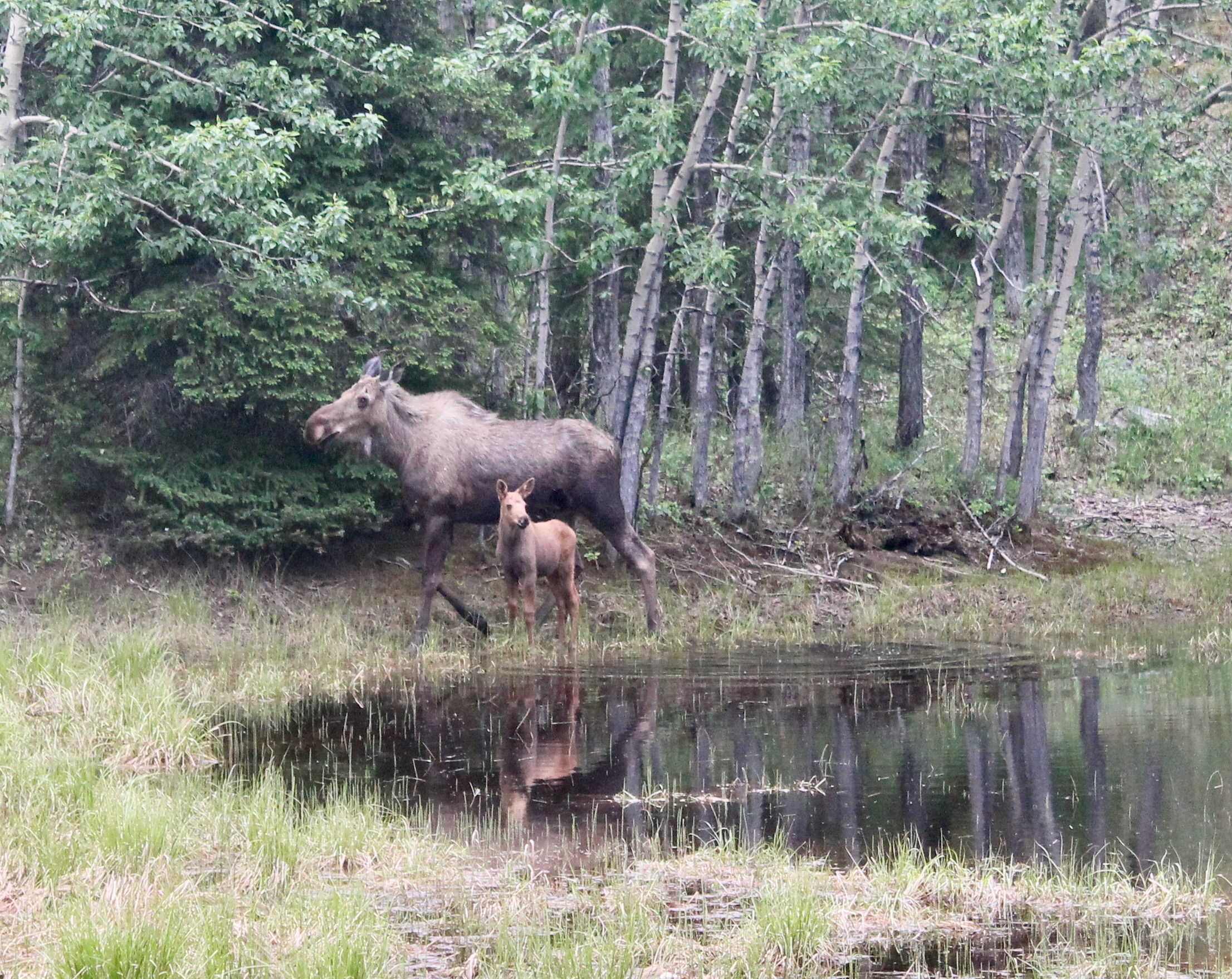
Tourism around the country—and world—is in an upheaval, and if there’s any place that feels a loss, it is Alaska.
Between canceled cruise ship sailings, scaled back flight options, closed Canadian border crossings and other travel restrictions in place, Alaska’s normal visitation is way down. The cruise ships alone normally bring nearly 1 million passengers, while another 70,000 people typically drive into the state through Canada.
The 49th state will always remain a bucket list destination, so the expectation is once it is safe to travel in the future, there will be an influx of visitors. In the meantime, we thought we’d share some Leave No Trace-related tidbits about Alaska for dreaming and planning purposes.
1) Denali National Park and Preserve is one of the three pilot national parks in the Zero Landfill Initiative, the partnership between the National Park Service, Subaru of America and the National Parks Conservation Association (Grand Teton and Yosemite are the other two parks). Through many changes, including additional bear-proof trash/recycling bins and water-refilling stations, the park has worked hard to double its waste diversion rate. As of 2019, the park is diverting 32 percent of its waste from landfills, up from 15 percent in 2015. We can’t stress enough that it is always best to pack out what you pack in, especially in these remote locations. Trash from the park travels more than 200 miles south to a landfill.
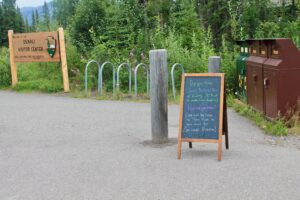
2) As for recycling, it is not widespread in the surrounding communities, and the recyclables also travel 200 miles from the park, then are shipped to processing facilities outside of Alaska. If you are thinking about what to buy and/or pack when visiting the park, you should avoid glass, for example, because that is one of the harder items to recycle in Alaska, while plastic bottles and aluminum cans are the easiest. If you take a bus tour through Doyon/Aramark Joint Venture inside the park that provides lunch, you’ll notice that everything they provide you is compostable and recyclable, even the chip bag wrappers through a special partnership with Terracycle.
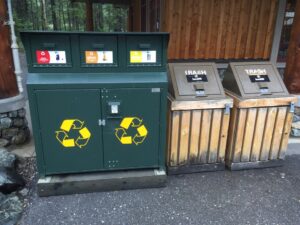
3) There are 39 species of mammals and 169 species of birds in Denali alone. Most people come to Alaska to see the lumbering grizzlies, and being bear aware is extremely important. But did you know moose are actually a more dangerous mammal? They weigh more (up to 1400 pounds), are faster and more aggressive when disturbed or threatened, especially if protecting their calves. The park recommends staying at least 25 yards, or two bus lengths, from moose.
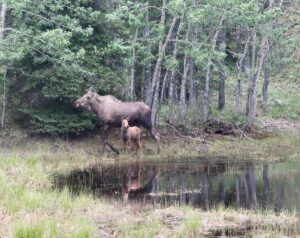
4) Your Alaska packing list should include all the 10 essentials, like a compass, sun protection and layers (definitely a rain jacket). Some extras to think about include bug spray and a head net for Alaska’s infamous mosquitoes. Also, you can bring a headlamp, but you probably won’t use it much since 10 p.m. and 10 a.m. look very similar in the summer! In fact, maybe pack an eye mask??
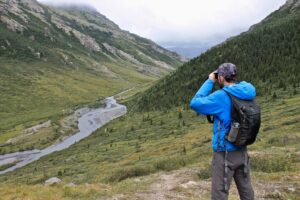
People are still traveling to Alaska (with requirements for a negative Covid test). Denali National Park and Preserve is open, though tour buses into the park are limited. The visitor center and some restrooms are closed, with National Park Service employees stationed outside and armed with information. So if Alaska is still in your 2020 travel plans, please check on the most up-to-date information from local, state and federal guidelines.
Regardless, there’s no reason not to dream about Alaska!
By the Subaru/Leave No Trace Teams. For over 20 years these teams have provided tangible solutions to serious issues facing our outside space and reach over 15 million people every year. Learn more about the important work of our mobile education teams. Proud partners of this program include Subaru of America, REI, Eagles Nest Outfitters, Thule, Fjällräven and Klean Kanteen.
Let’s protect and enjoy our natural world together
Get the latest in Leave No Trace eNews in your inbox so you can stay informed and involved.
